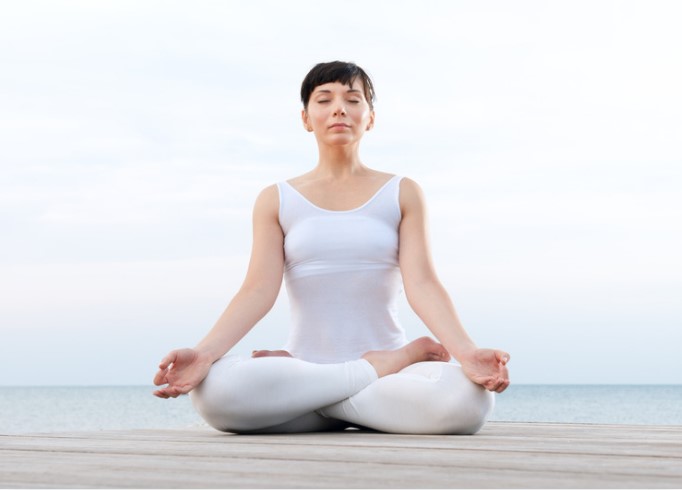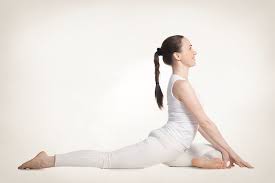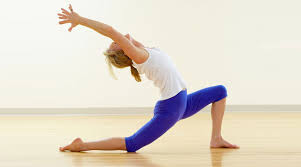Padmasana (Lotus Pose)n - How to do, Benefits and Precautions
The Sanskrit name for this pose, “Padmasana” comes from two words
“Padma” — meaning “lotus”
“Asana” — meaning “pose”
Padmasana is the most popular seated pose, that people identify with. Rishi Vyasa mentioned the pose as one of the 12 most important seated poses. It is considered as a classical pose. It has been mentioned in Hatha Yoga texts, that the Lotus pose is the destroyer of all ailments. It helps in locking down or grounding the body as well. If you do the pose in a proper manner, ‘Prana’ starts to flow properly.
How To Do It?
⦁ Start by sitting on the floor in the staff pose or Dandasana.
⦁ Firmly root down through your sit bones. The hands will be on the outer rim of the body for support initially.
⦁ You have to fold the right knee and bring the foot across the body towards the left elbow.
⦁ You can also insert your right foot in the left elbow and the right knee in the right elbow, bringing the hands together and creating a hollow for the leg and foot.
⦁ You can gently swivel the leg back and forth to open the hip up a little more, than you are used to.
⦁ Then, bring the right foot down so the outside edge rests inside the left groin.
⦁ While leaning back slightly, lift the right leg from the ground and bend the left knee.
⦁ Now, bring the left foot across the body and into the right groin.
⦁ Now, press your heels inside your belly.
⦁ Sit with your spine elongated.
⦁ You can keep the hands on your knees, facing upwards or downwards. You can use the Dhyana mudra, Gyana mudra, or Chin mudra, while doing the Padmasana.
⦁ If this pose is comfortable, stay here for meditation.
⦁ Make sure to practice with alternate legs on top.
Benefits of Padmasana (Lotus Pose)
⦁ This is one of the most soothing asanas for the brain and nervous system.
⦁ It also brings steadiness in the mind.
⦁ The muscles and nerves near the abdomen, spine, pelvis, and bladder are also positively affected.
⦁ It helps during the menstrual cycle. It is a great asana for pregnant people.
⦁ It also directs the flow of ‘Prana’ from the base of the spine to the crown.
⦁ It activates the Muladhara, Svadhishthana, Ajna, and Sahasara.
⦁ It also helps in awakening the Kundalini.
⦁ It also loosens up the hip flexors.
⦁ It also cures constipation and flatulence.
Contraindications
⦁ If you had a recent surgery, you can do the asana under expert guidance.
⦁ If you have a weak or injured ankle and knee, you must avoid this asana.
⦁ If you have any sacral injury, or hip injury, then you must avoid this asana.
Learn to know more about padamasana you can visit best yoga school in rishikesh and join 100 hour yoga teacher training in rishikesh and 200 hour yoga teacher training in rishikesh and 300 hour yoga teacher training in rishikesh





